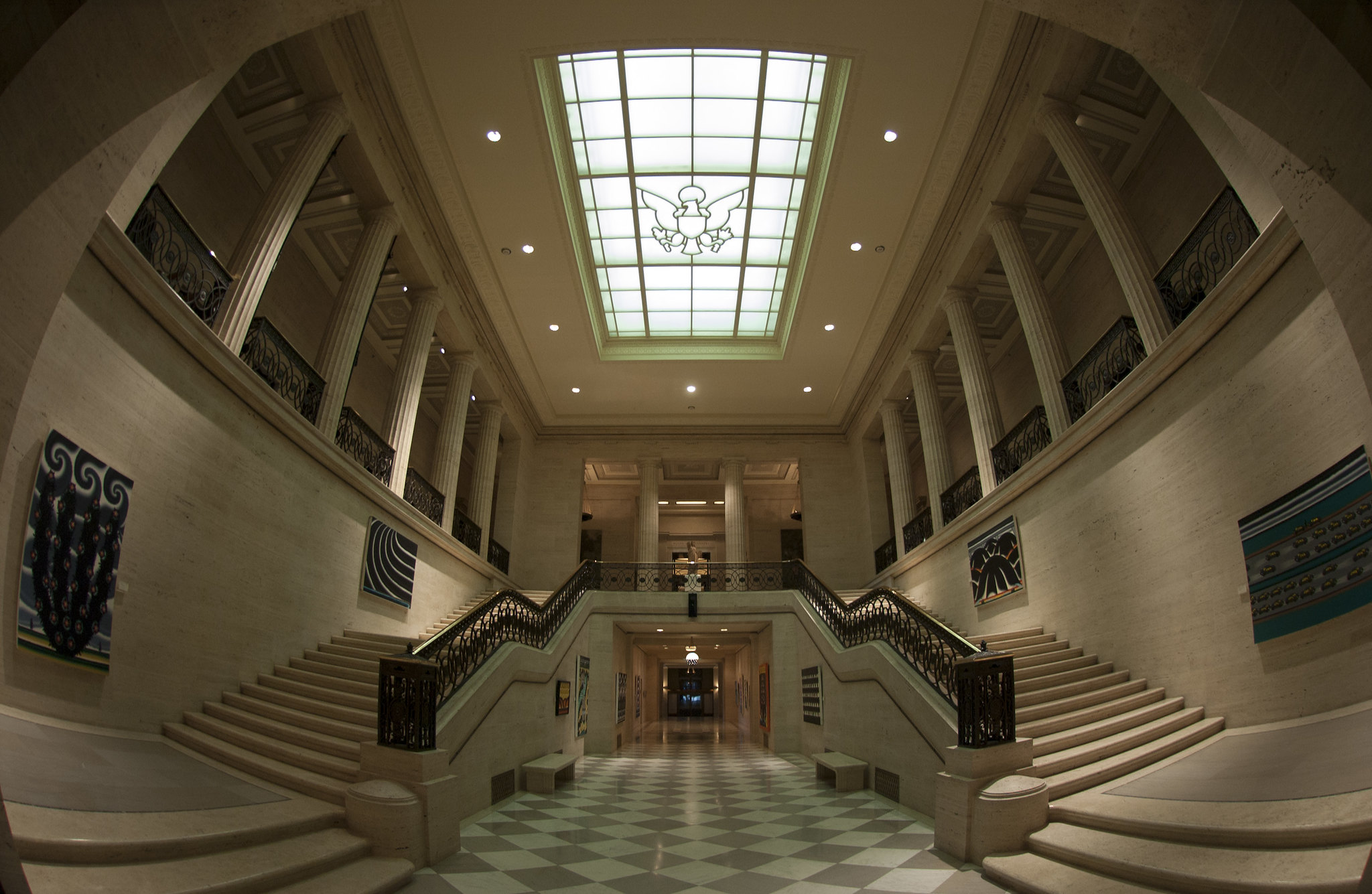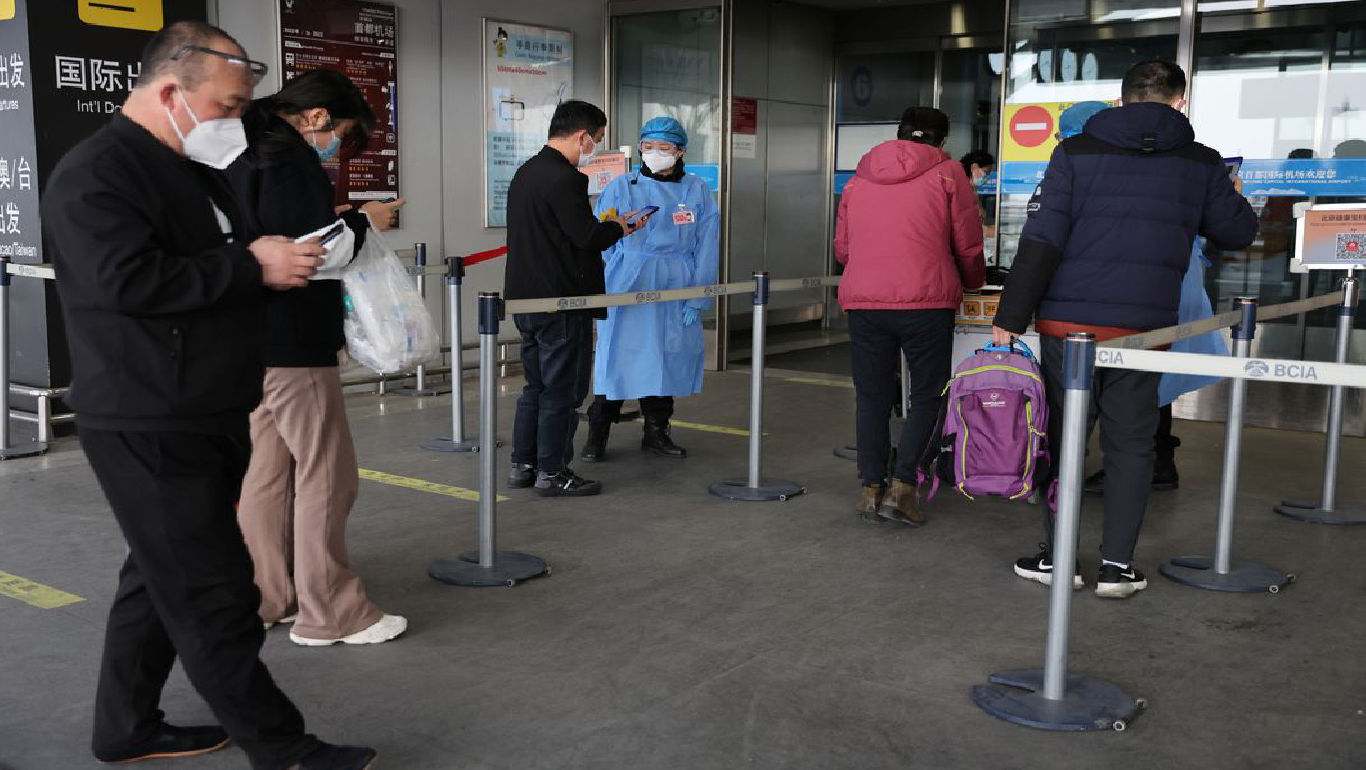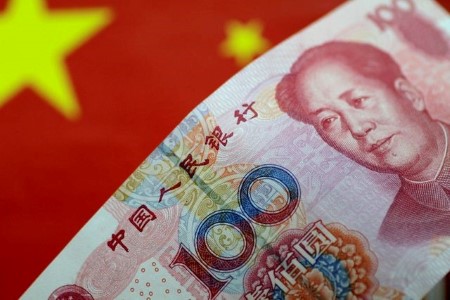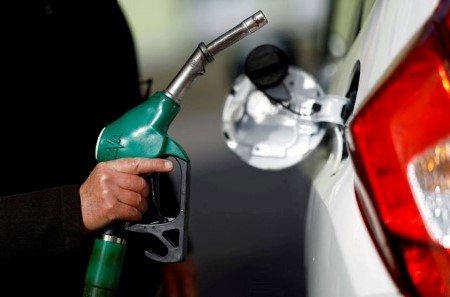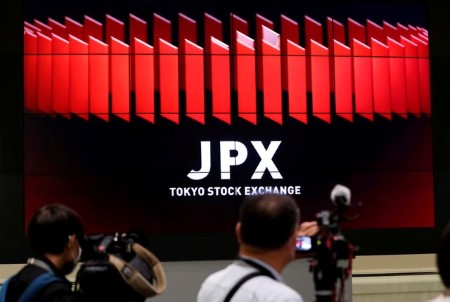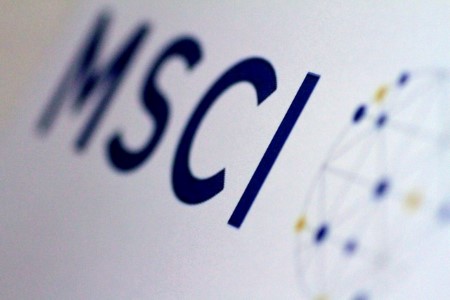SHANGHAI, Nov 11 (Reuters) – Chinese stocks and currency surged on Friday, after the country’s health authorities eased some of their stringent COVID-19 curbs, while strong Wall Street gains overnight also boosted sentiment and lifted other Asian markets.
The bluechip CSI 300 Index closed up 2.8%, and the Hang Seng Index jumped 7.7%, its biggest daily gain since March, with property and tech stocks leading gains.
The onshore yuan also strengthened as high as 7.0650 per dollar, its strongest level since Sept. 22.
China’s National Health Commission (NHC) shortened quarantine times for close contacts of cases and inbound travellers, removed a penalty on airlines that bring in infected passengers and eased other anti-virus measures.
“The stock market responded positively, reflecting the expectation of gradual relaxing of the COVID restriction in the coming months,” Hang Seng Bank (China) chief economist Dan Wang said.
Foreign investors bought net 14.6 billion yuan (USD 2.1 billion) worth of Chinese shares via the Stock Connect Scheme, the biggest amount in two months.
“Any change in the future regarding COVID control will continue to be gradual and marginal unless effective vaccination and treatment drugs become widely available,” Wang said.
The rally in China’s markets mirrored broad regional gains, after a smaller-than-expected increase in U.S. consumer prices fuelled hopes that the Federal Reserve could tone down its aggressive pace of interest rate hikes.
The relaxation comes after China’s new top leadership body reaffirmed Beijing’s “dynamic-zero” COVID-19 policy on Thursday.
The easing in curbs came even as infections hit their highest since this year’s Shanghai lockdown.
“These policies indicate the government intends to move toward reopening the economy, though the exact schedule is still not clear at this stage,” said Pinpoint Asset Management chief economist Zhang Zhiwei.
“Reopening is likely to be a long process,” Zhang said. “Nonetheless this is an important step in the right direction.”
Citi analysts said local governments’ responses are the next key watch point. “Since COVID prevention is often overdone at a local level, a correction in implementation will be a de facto easing.”
Hong Kong-listed tech giants surged 10%, tracking a 7.6% overnight jump in the Nasdaq Golden Dragon China Index.
Property developers rallied nearly 10% in the mainland by their daily limit of gains, and their Hong Kong traded peers jumped 12.8%, amid the country’s latest measures to support the crisis-ridden sector.
The policies “are fueling bets that those on the edge of bankruptcy have a chance to survive,” Guangzhou Zeyuan Investment hedge fund manager Zhong Daqi said.
Central bank data on Thursday showed China’s new bank lending fell sharply in October, far below expectations in a Reuters poll.
The weak data might fuel expectations of more monetary easing, GF Securities analysts said.
For the week, China’s CSI 300 Index edged up 0.6%, while Hong Kong’s Hang Seng benchmark .HSI climbed 7.2%.
(Reporting by Shanghai Newsroom; Editing by Shri Navaratnam, Sam Holmes and Rashmi Aich)







 DOWNLOAD
DOWNLOAD
